Best Foods to Lower Cholesterol Naturally: A Complete Guide
Oct 07, 2025
Do you know that the food you eat daily can directly affect your cholesterol levels?
Yes, your kitchen can be the best medicine for your heart!
If you’ve been told that your cholesterol is on the higher side, don’t worry.
Small dietary changes can make a big difference. In this blog, we’ll talk about the best foods to lower cholesterol naturally, explain how they work, and share practical ways to include them in your everyday diet.
What Is Cholesterol and Why Does It Matter?
Cholesterol is a waxy, fat-like substance present in your blood. Your body needs it to build cells and make hormones, but too much of the wrong kind can block your arteries.
There are two main types:
- LDL (Low-Density Lipoprotein): Often called “bad cholesterol” — high levels can clog arteries.
- HDL (High-Density Lipoprotein): Known as “good cholesterol” — helps remove excess LDL from your blood.
When LDL levels rise and HDL falls, your risk for heart disease, stroke, and high blood pressure increases. The good news? Food can help fix that imbalance.
How Food Affects Cholesterol
Certain foods raise LDL (bad) cholesterol — such as fried items, processed meats, and sugary treats.
But others can lower it by:
-
Blocking cholesterol absorption in the gut
-
Reducing liver production of cholesterol
-
Increasing HDL (“good”) cholesterol
-
Providing fiber and antioxidants that protect blood vessels
Let’s explore the best foods that do all this naturally.
1. Oats and Whole Grains
If you’re looking for the best breakfast foods to lower cholesterol, oats are a great start. Oats contain beta-glucan, a soluble fiber that helps absorb cholesterol in your intestines and flush it out of your system.
- Other whole grains for cholesterol like barley, brown rice, and whole wheat provide slow-digesting carbohydrates and heart-healthy fiber.
- According to the Mayo Clinic, eating 1½ cups of oatmeal daily can reduce LDL cholesterol by up to 10%.
Tip: Mix oats with fruits like apple or banana and sprinkle flaxseeds for a fiber-rich morning meal.
2. Legumes and Pulses
- Legumes for cholesterol control — such as lentils (dal), chickpeas, kidney beans, and peas — are among the most affordable and effective foods for heart health.
- They are rich in fiber, protein, and antioxidants, while being naturally low in saturated fat. Replacing red meat with legumes three times a week can significantly reduce LDL cholesterol and improve digestion.
- A high intake of pulses to lower LDL has been linked to lower heart disease rates in India, as per ICMR dietary guidelines.
Tip: Enjoy rajma-chawal or sprouted moong salad for a wholesome, cholesterol-friendly lunch.
3. Nuts and Seeds – Small Foods, Big Impact
- A handful of nuts and seeds can do wonders for your heart. Whether it’s almonds, walnuts, pistachios, flaxseeds, or chia seeds, these tiny powerhouses are packed with nutrients that support healthy cholesterol levels.
- Nuts are rich in monounsaturated and polyunsaturated fats, which help reduce LDL (bad cholesterol) and improve HDL (good cholesterol). That’s why nutrition experts often recommend nuts for cholesterol management as part of a heart-healthy diet.
- Seeds — especially flaxseeds and chia seeds — are full of omega-3 fatty acids, fiber, and antioxidants. The flaxseed benefits include reducing inflammation, improving digestion, and lowering triglycerides. Similarly, chia seeds for cholesterol help slow down fat absorption and promote a steady metabolism.
- According to Harvard Health, people who regularly consume nuts and seeds can lower their risk of heart disease by up to 30%. Just one handful a day — about 30 grams — is enough to make a difference.
Tip: Add crushed flaxseeds to smoothies, sprinkle chia seeds on yogurt, or keep a small mix of roasted almonds and walnuts handy for a mid-day snack.
4. Fatty Fish (Omega-3 Powerhouse)
If you enjoy seafood, fatty fish for cholesterol control is one of the best options. Fish like salmon, mackerel, tuna, and sardines are high in omega-3 fatty acids, which:
- Lower triglycerides
- Improve HDL levels
- Prevent plaque buildup in arteries
- The AHA recommendations (American Heart Association) suggest eating at least two servings of fatty fish per week for better heart health.
- If you’re vegetarian, you can still get your omega-3 foods from walnuts, flaxseeds, chia seeds, and soybean oil.
Tip: Grilled or steamed fish is healthier than fried options.
5. Fruits and Vegetables
- Fruits and veggies are natural cholesterol-lowering foods loaded with fiber, vitamins, and antioxidants.
Fruits like apples, oranges, guava, papaya, and berries are high in pectin, a soluble fiber that helps lower LDL cholesterol. - Vegetables such as okra, spinach, kale, and eggplant are rich in plant sterols and flavonoids that protect your arteries.
- Studies in the WHO cholesterol diet report highlight that people consuming five or more servings of fruits and vegetables daily have significantly lower heart risk.
Tip: Add seasonal fruits to breakfast and a bowl of mixed vegetables to lunch and dinner.
6. Healthy Oils and Fats
- Choosing the right oil matters as much as choosing the right food. Replace saturated fats (like butter and ghee) with olive oil, mustard oil, sunflower oil, or rice bran oil — all rich in heart-friendly unsaturated fats.
- These healthy oils for cholesterol help maintain HDL levels while lowering LDL.
- According to the Eat Right India initiative by FSSAI, switching to oils rich in monounsaturated fats significantly improves heart health among Indian households.
Tip: Use olive oil for salads and mustard oil for traditional cooking. Avoid repeatedly heating oils.
7. Soy and Soy Products
- Soy for cholesterol has been studied worldwide, showing consistent results in lowering LDL levels. Foods like tofu, soy milk, tempeh, and edamame are excellent sources of soy protein, which reduces cholesterol absorption.
- According to the ICMR dietary guidelines, replacing animal protein with plant-based protein such as soy helps prevent heart disease.
Tip: Use soy milk in smoothies, tofu in curries, or add roasted soy nuts to your snacks.
8. Foods Fortified with Plant Sterols and Stanols
- Plant sterols and stanols are natural compounds that block cholesterol absorption in the intestine. They are often added to margarines, spreads, and yogurt drinks.
- Consuming just 2 grams of plant sterols daily can reduce LDL by 10–12%, according to the WHO cholesterol diet and Harvard Health reports.
Tip: Choose labeled products “fortified with plant sterols” for daily use if advised by your doctor.
9. Garlic and Indian Spices
- Traditional Indian spices are more than flavor enhancers — they’re heart protectors. Garlic, turmeric, fenugreek, and cinnamon are rich in bioactive compounds that reduce cholesterol and inflammation.
- Garlic for cholesterol works by reducing the liver’s cholesterol synthesis. Turmeric and fenugreek help lower triglycerides and improve metabolism, while cinnamon supports healthy sugar and fat metabolism.
Tip: Use crushed garlic in your dals and sabzis or drink turmeric-infused milk at night.
10. Psyllium Husk and Fiber Supplements
- If you don’t get enough fiber from food, psyllium husk (isabgol) can fill the gap. It’s a soluble fiber food that binds cholesterol and helps remove it through the digestive system.
- Mayo Clinic studies suggest that 5–10 grams of soluble fiber per day (including psyllium) can lower LDL cholesterol by 5–10%.
Tip: Mix one teaspoon of isabgol in warm water before bedtime.
What Health Organizations Recommend
Global and Indian health authorities have long emphasized the importance of cholesterol-friendly diets for better heart health. According to the WHO cholesterol diet guidelines, people should limit saturated fats to less than 10% of total daily calories and replace them with healthy unsaturated fats like those found in olive oil, mustard oil, and nuts. The AHA recommendations (American Heart Association) go a step further — advising at least two servings of fatty fish per week and regular intake of fiber-rich foods like oats, fruits, and legumes to help reduce LDL levels naturally.
In India, the ICMR dietary guidelines encourage citizens to consume more fruits, vegetables, pulses, and whole grains while cutting down on fried and processed foods. Similarly, the FSSAI’s Eat Right India movement promotes balanced eating habits, heart-healthy oils, and consumer awareness through food labeling and education.
Together, these organizations remind us that consistent, mindful food choices — not crash diets — are the foundation of long-term heart and cholesterol health.
FAQs
What are the best foods to lower cholesterol naturally?
Oats, nuts, legumes, fatty fish, and olive oil are among the best foods to lower LDL cholesterol naturally.
They’re rich in fiber and healthy fats that improve heart health.
Which fruits help reduce cholesterol?
Apples, oranges, guava, papaya, and berries contain soluble fiber that lowers LDL levels.
Eat at least 2–3 servings daily for noticeable results.
Can Indian food help reduce cholesterol?
Yes, Indian foods like dal, sprouts, brown rice, and garlic-rich curries are heart-healthy.
They naturally reduce bad cholesterol when cooked with less oil and salt.
What should I avoid if I have high cholesterol?
Avoid fried snacks, processed meats, red meat, bakery products, and sugary drinks.
They increase LDL cholesterol and raise heart disease risk.
How much fiber do I need daily to lower cholesterol?
Aim for 25–30 grams of fiber per day, including 5–10 grams of soluble fiber.
Foods like oats, pulses, fruits, and psyllium husk are great choices.
Is egg good or bad for cholesterol?
Eggs are fine in moderation—one a day for healthy adults.
Limit yolks if you have high cholesterol or heart disease.
Does garlic really help lower cholesterol?
Yes, garlic contains allicin that helps reduce LDL cholesterol naturally.
It also improves blood flow and supports overall heart health.
How long does it take to lower cholesterol with diet?
You can start seeing results within 6–8 weeks of consistent healthy eating.
Combine diet changes with exercise for faster improvement.
Can exercise help lower cholesterol too?
Absolutely! Regular physical activity increases HDL and reduces LDL levels.
Aim for at least 30 minutes of brisk exercise five days a week.
Are supplements like omega-3 or psyllium safe to use?
Yes, omega-3 capsules and psyllium husk are safe when used under guidance.
They complement a cholesterol-friendly diet and lifestyle.



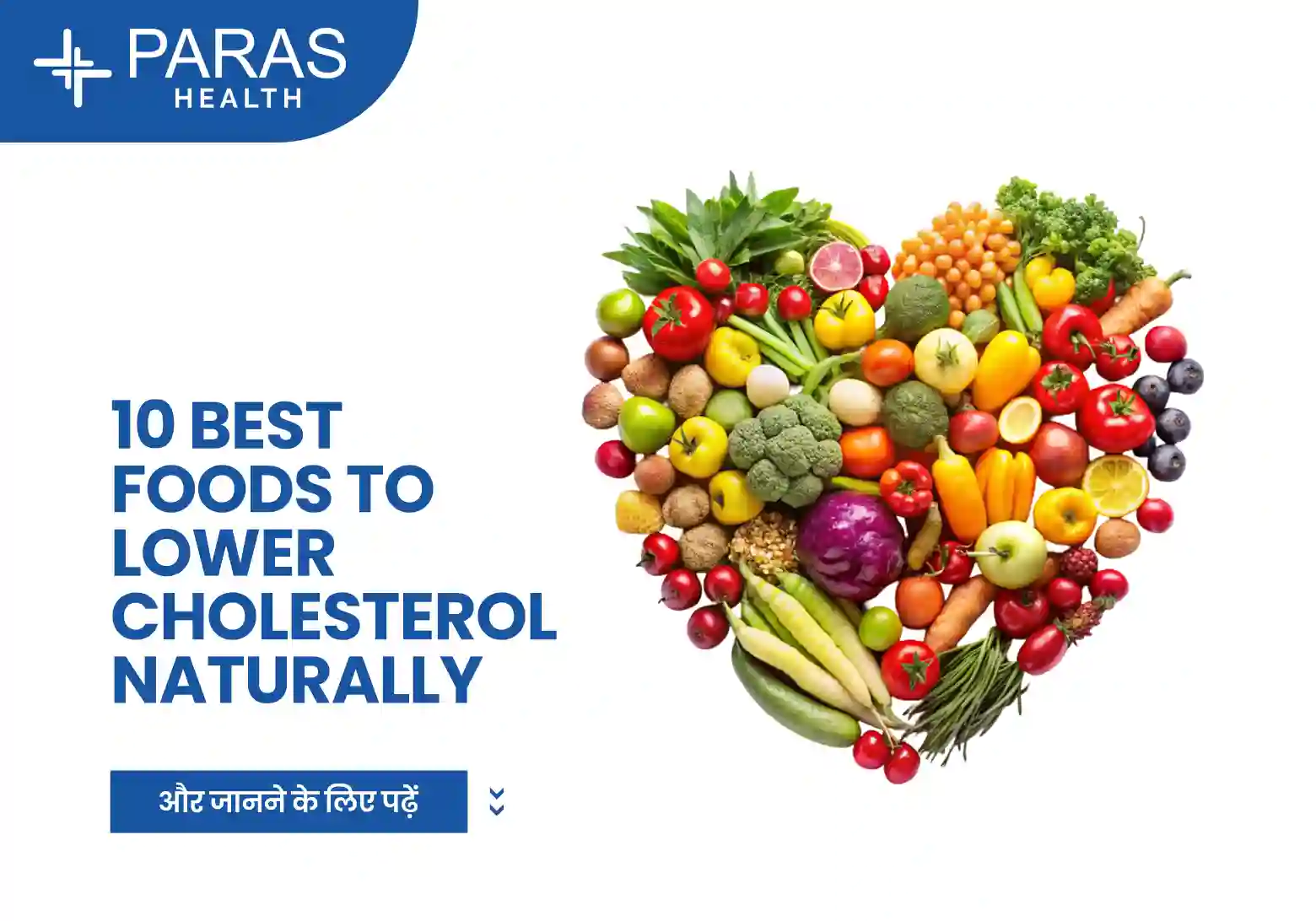
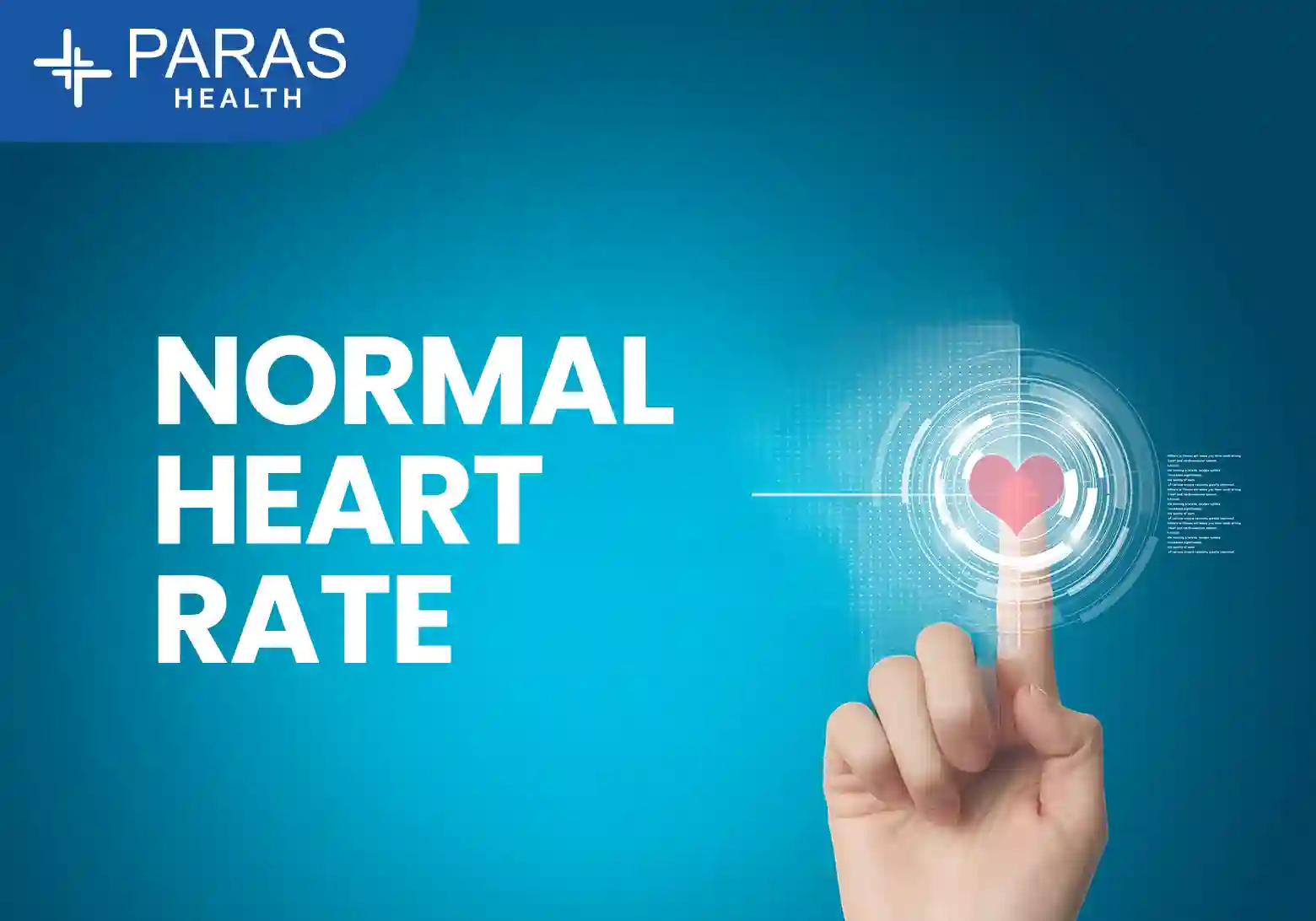
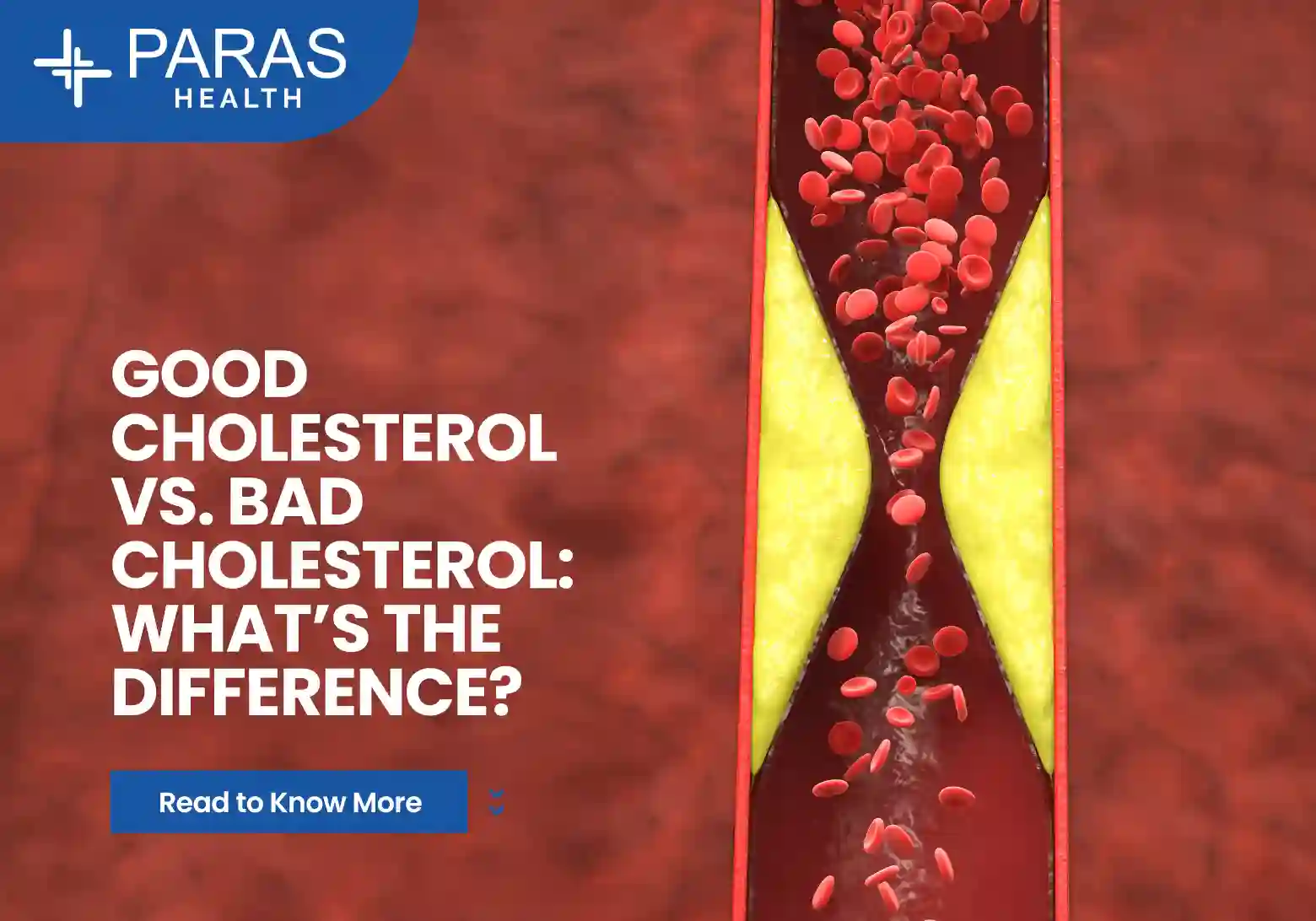
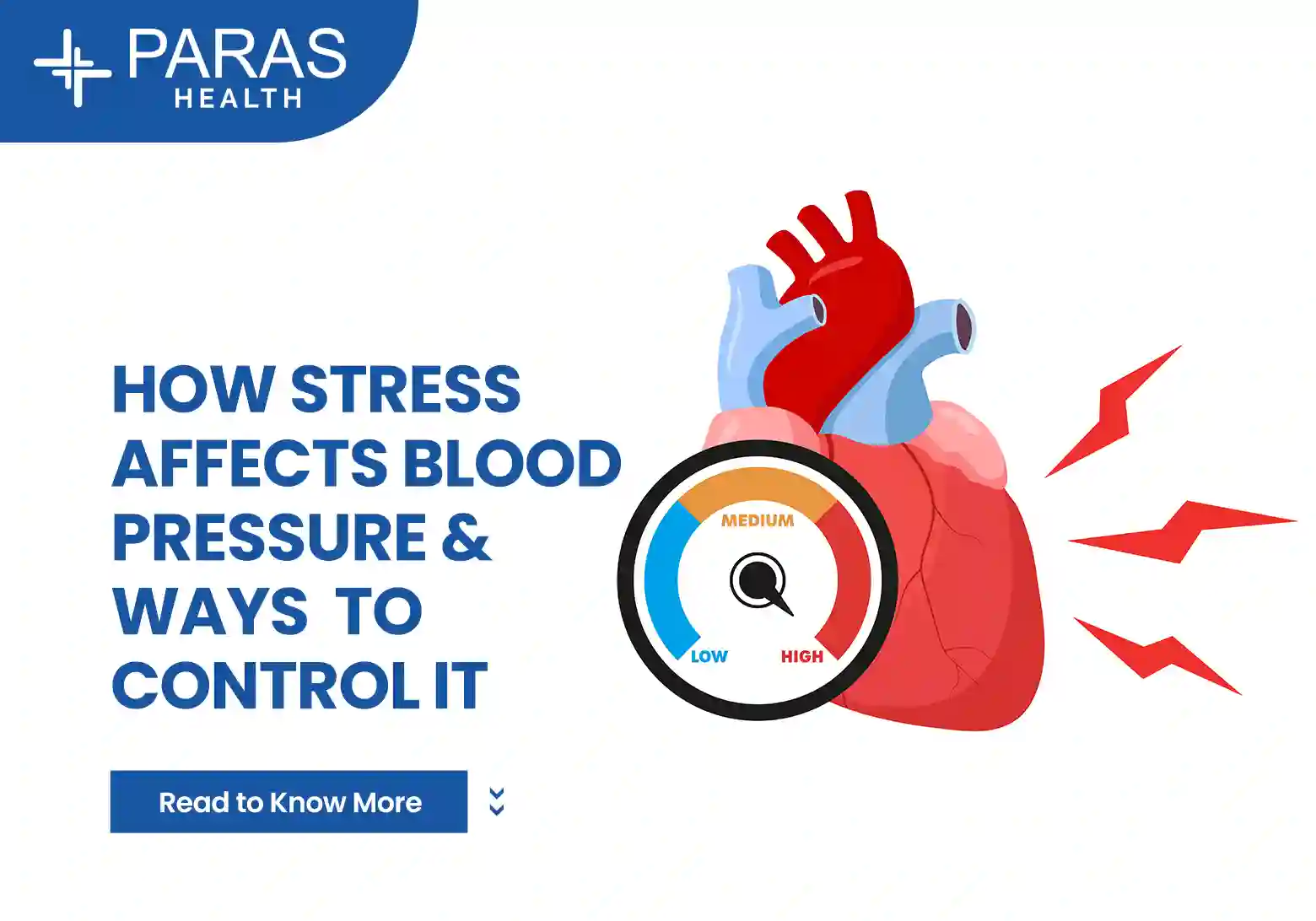
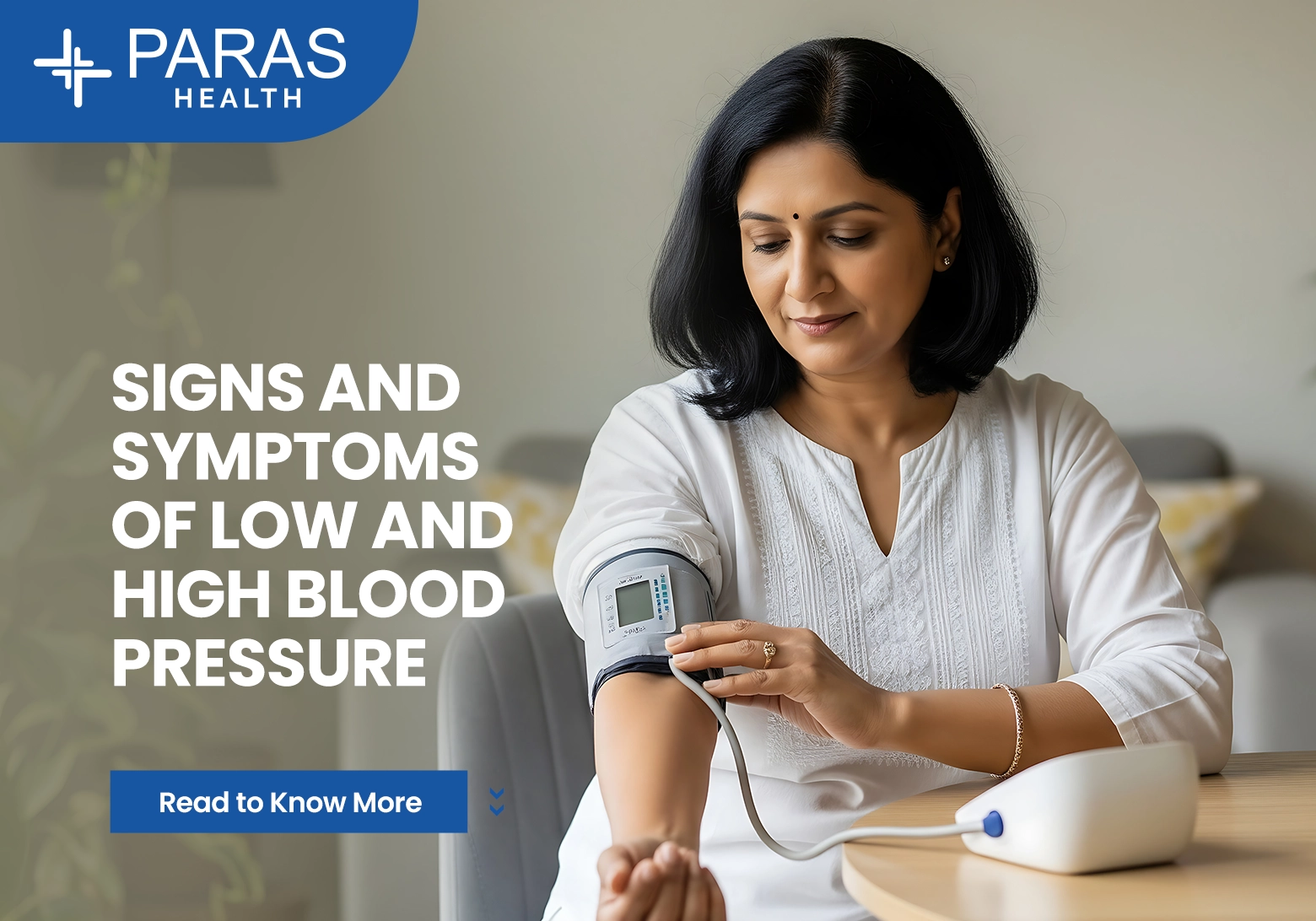
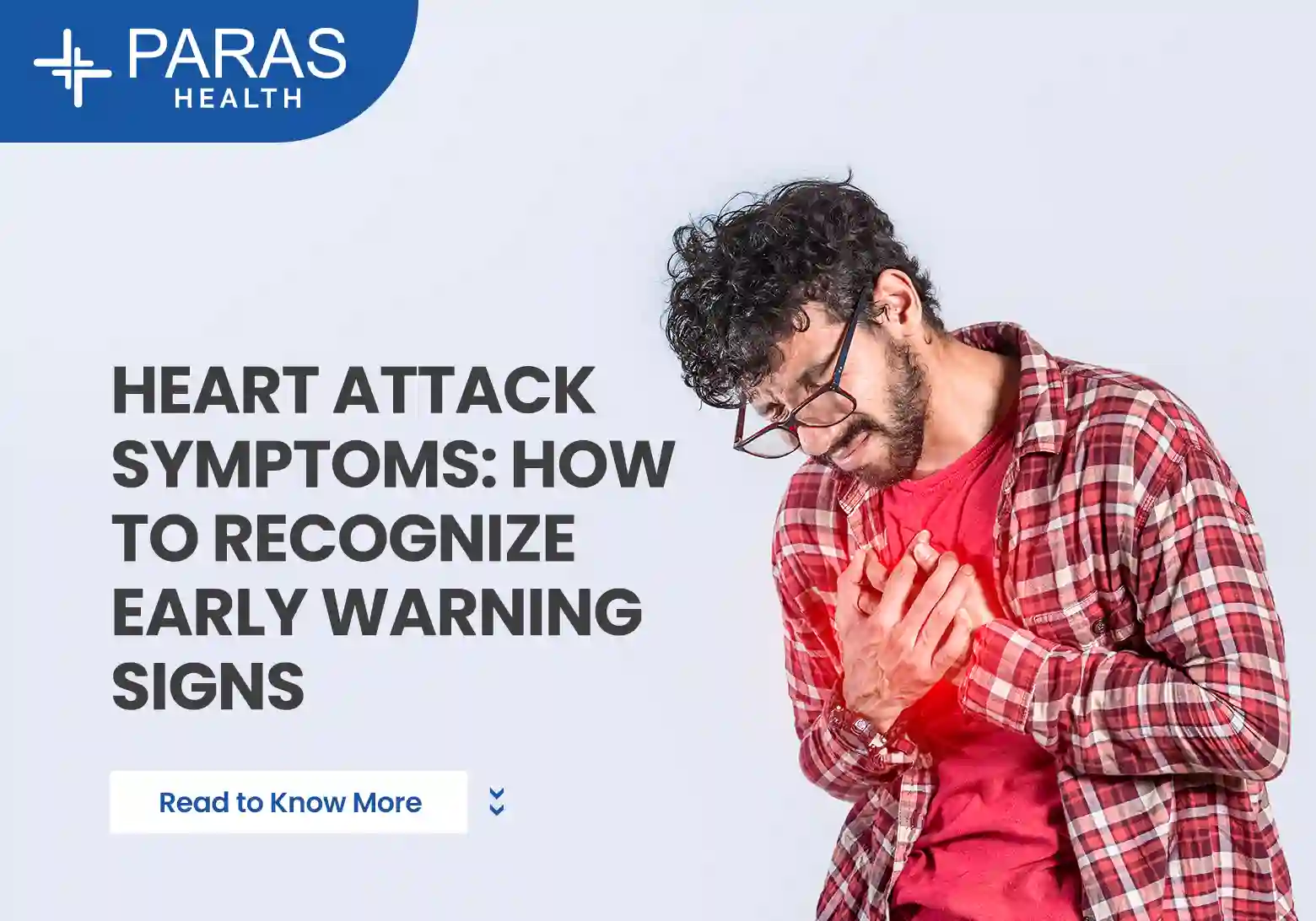

.png)